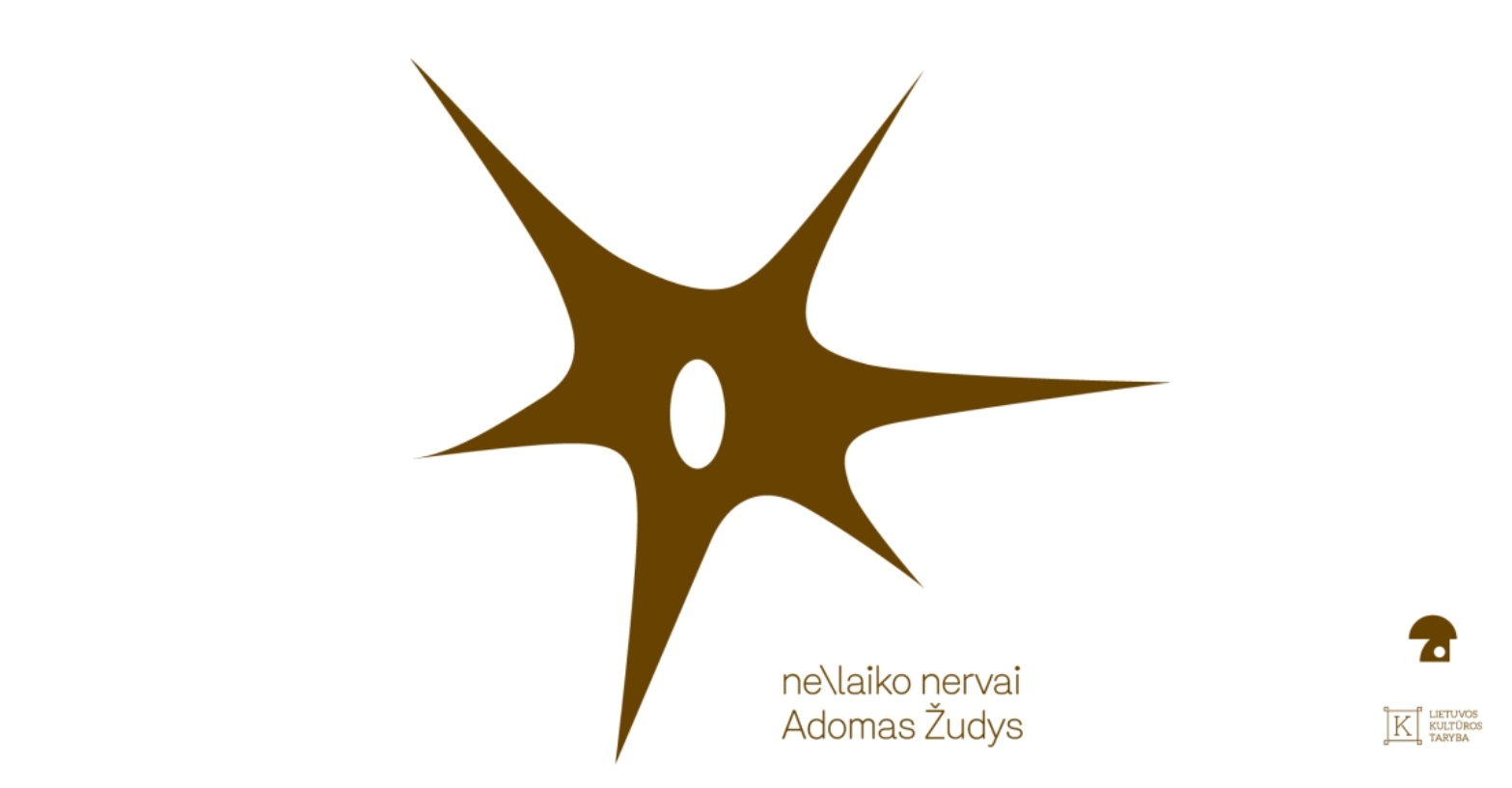The viewers might associate these roots with currently much debated and outraged topic of cutting down healthy trees in cities. In addition to this issue, which unites people and brings them together into protest groups, the work also encodes another aspect, that of “returning to one’s roots”. However, rather than biological interactions, the artist himself is more interested in the contemporary environment constructed by our thinking and digital applications. Žudys does not question the biological, but rather the digital “systems of knowledge”.
According to the artist, it is “an attempt to understand a complicated world that is becoming incomprehensible, and to create a navigable knowledge system based on mythological, cybernetic, natural, as well as artificial artifacts. And since cybernetics and computers are an extension of the human nervous system, the root also functions as a “Sculpture of the Internet”.
At the gallery apiece, the artist presents a root fragment levitating in space, covered in gold dust, with a black box laid on the floor. The principle of displaying objects becomes the first step of alchemical work, as one gradually discovers the processes of negativity, decay, rotting and loss. This is linked to the attempt at representing that which resists representation, but it also enables creating arches of institutional value that unite the internal and external parts of the exhibition.
The title of the exhibition, which, according to Žudys, sounds ambiguous and somewhat comical, is an allusion to sculptor Philip Pavia’s essay Excavations in non-history (1959), which explores the interactions between nature, art and consciousness. The text prompted the artist to “dig into non-correct areas” thus creating an image of a “wooden” Internet: an extension of our nervous system. The connections of non-time in the exhibition can mean both a new eruption of an underground root as well as mental fatigue or the nervous burnout syndrome that we experience in an environment permeated with digitality and which leads to us (un)consciously trying to return to our “roots”.





